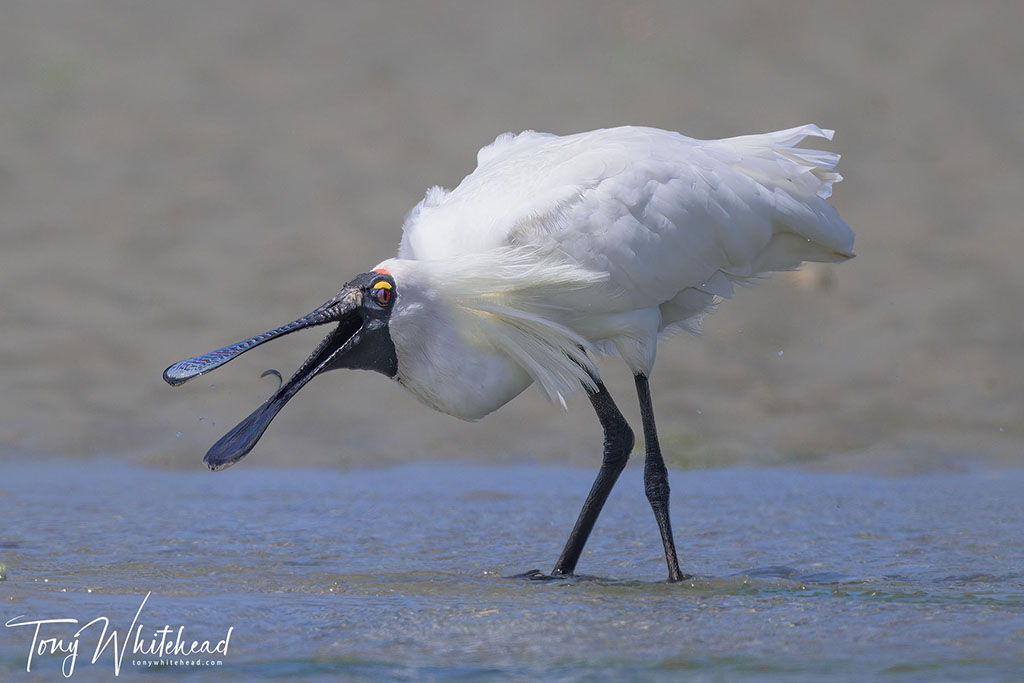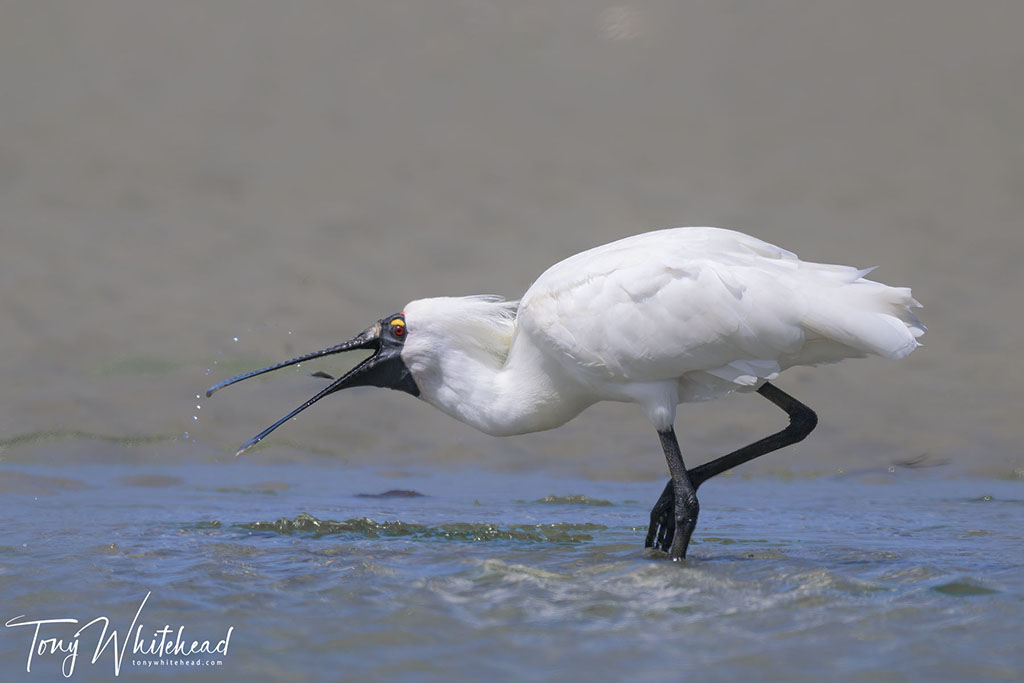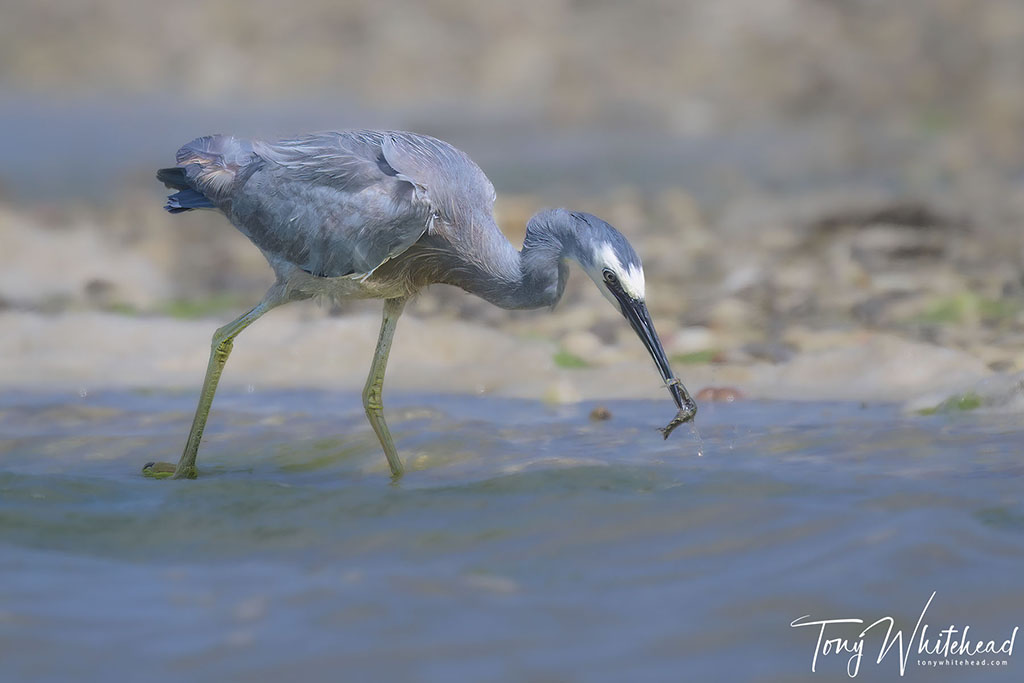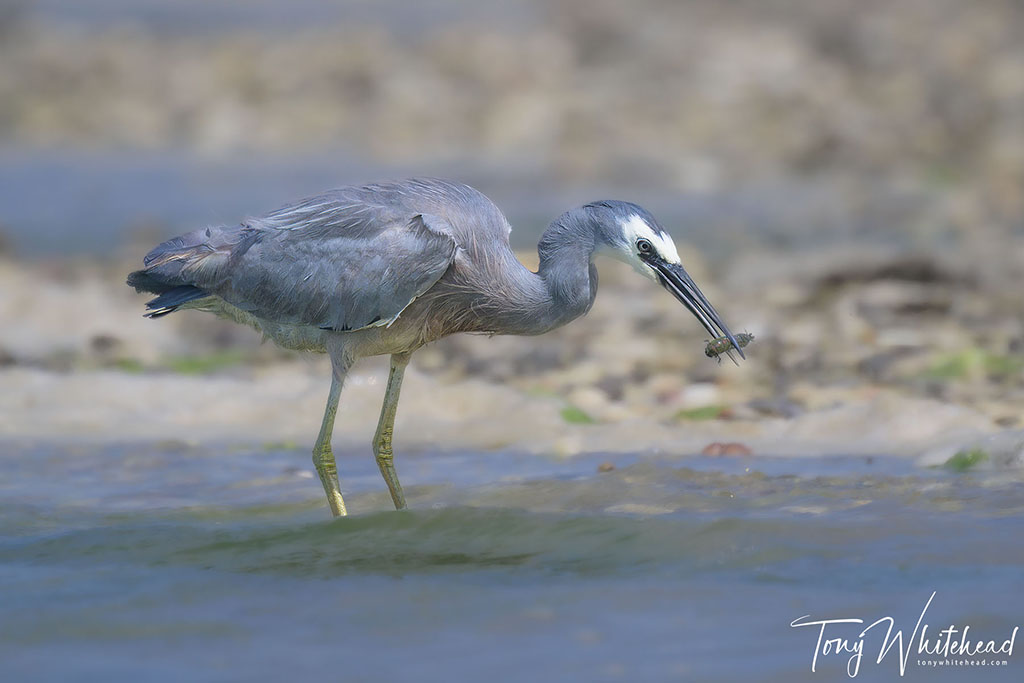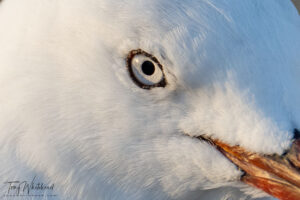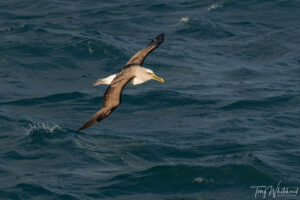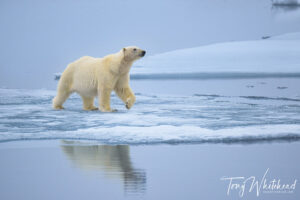If it often said that for bird photography your lens can never be too long. While there is some truth in this, it is not always the case and extreme telephotos come with their own challenges. Historically keeping the lens steady to avoid motion blur was the main challenge and often needed hefty tripods or a monopod at least. Recent advances have made lenses lighter and vibration reduction in lenses and now built into camera bodies significantly help mitigate this. Improved high ISO performance and image processing software to minimise noise also help maintain higher shutter speeds to minimise the risk of lens shake.
The one challenge that cannot be avoided is environmental. The benefit of an extreme telephoto lens is increased working distance. This means that there is more atmosphere between subject and sensor so any atmospheric disturbance is amplified. This is the same issue that faces astronomers but on a smaller scale. Their solution is to minimise the amount of atmosphere between subject and sensor by locating telescopes on high, dry mountain tops or putting telescopes in to orbit to eliminate atmosphere entirely. As bird photographers we just have to deal with the conditions as we find them.
Recently when photographing Royal Spoonbills, I found it almost impossible to get images that looked even vaguely sharp. They were quite distant requiring my Nikkor Z 800mm f6.3 VR S with the Nikon 1.4x teleconverter attached. This gives a focal length of 1120mm at f9. The birds were around 25-30m from me and there was a strong cold wind blowing. It was bright sun after midday and low tide had exposed sand banks that had warmed in the sun creating a layer of warm air that was being mixed into the cold wind. This swirling of different densities of air was causing light refraction and blurring my images.
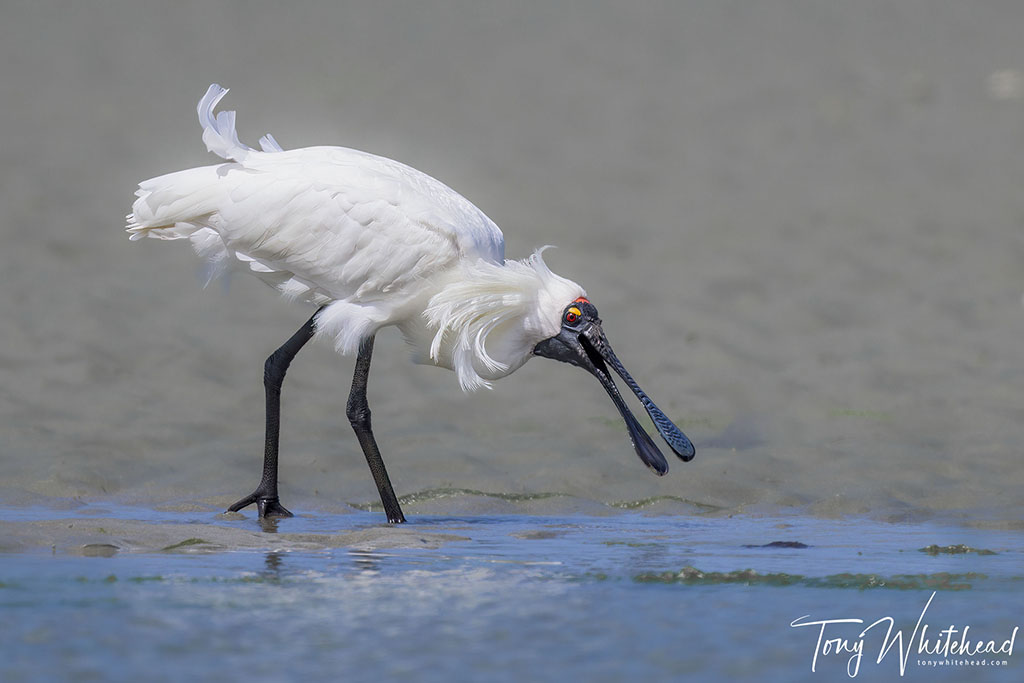
Looking at my previews in camera, nothing seemed sharp and I was tempted to give up but the wind was causing the plumage of the birds to flow nicely and they were feeding successfully on small flounder so I kept going, more as an exercise in practicing tracking and focus in a buffeting wind than in the hope of any special images.
This is one of the situations where getting as low as possible is not the best option. Most of the disturbance is close to the ground so elevating your shooting position a little will help achieve sharper images at the expense of less pleasing backgrounds. It can be a case of a sharp enough image with a reasonable background is better than a blurry image with a perfect background. When the Spoonbills moved on as the tide rose, I found a White-faced Heron hunting Mantis Shrimp. Photographing from a sitting position as I had done with the spoonbills gave soft images but a busy background. I tried some ground level shots to improve the background but these images were so soft I didn’t persist.
I achieved my aim of practicing with a large lens in gusty wind and when I downloaded my images saw that none were of a sharpness I expect from my lens. It is not an issue with the lens or teleconverter as they can make perfectly sharp images. It was not an issue with camera shake as my VR was working well and I had easily kept my shutter speeds up at 1/2500 mark in the bright light. The problem was all down to heat haze as working extremely low over sand and water is probably the most challenging situation for this.
None of the images were really of a quality that I would choose to spend time processing but with the results I have had using Topaz software I decided to quickly process up a couple and see what was achievable. Fair to say I was happily surprised with totally usable images resulting. Even this one from ground level is usable for web or small print.
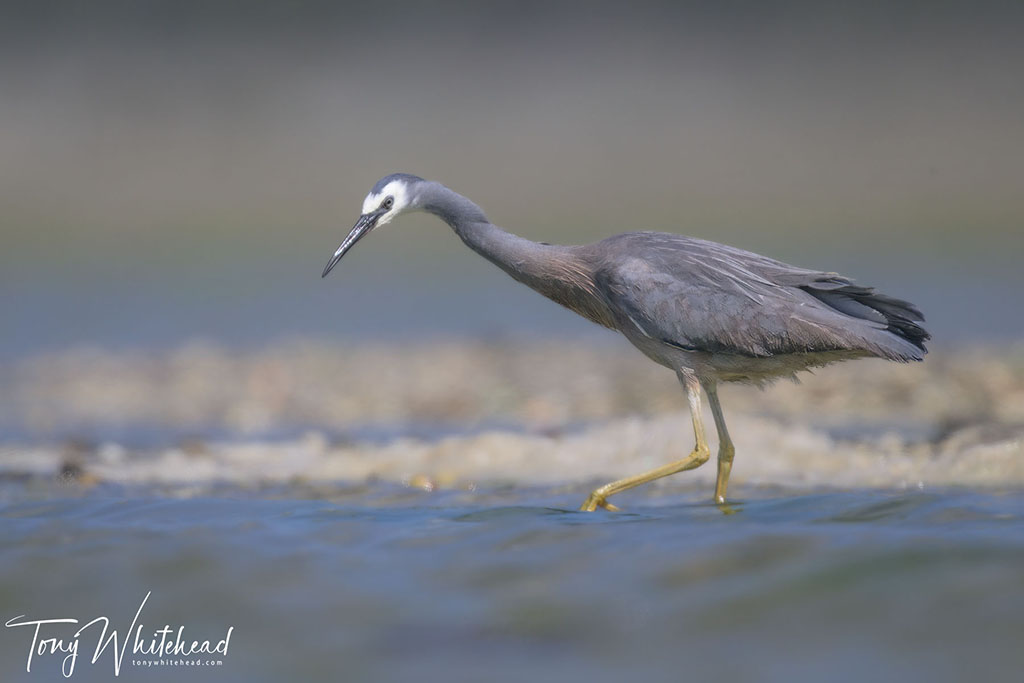
Adverts for Topaz Sharpen AI which is now incorporated in Photo AI always attract comments online along the lines that if you took the photo properly it wouldn’t need sharpening. In this scenario it doesn’t matter how well you took the photo you would still have image degradation due to heat haze and Topaz does an amazing job of recovering detail from the files
This experience ended up in being a reminder of two things. Firstly never give up. Even if conditions aren’t ideal there are lessons to be learned and practice to be had. In the digital world there is no cost per shot and with the Nikon Z9 you are not even adding wear to a shutter mechanism.
Secondly it was a reminder to me of how sharp is sharp enough? I have written on this before in terms of choosing equipment for a purpose and factoring software into the decision. That software that can make versatile, less sharp zoom lenses a better choice can also be used to make soft images from heat haze successful.
None of my images from the session were that great. The light was horrible but I had fun, practiced my photography skills, recorded some interesting behaviour and learned something new for the day.
